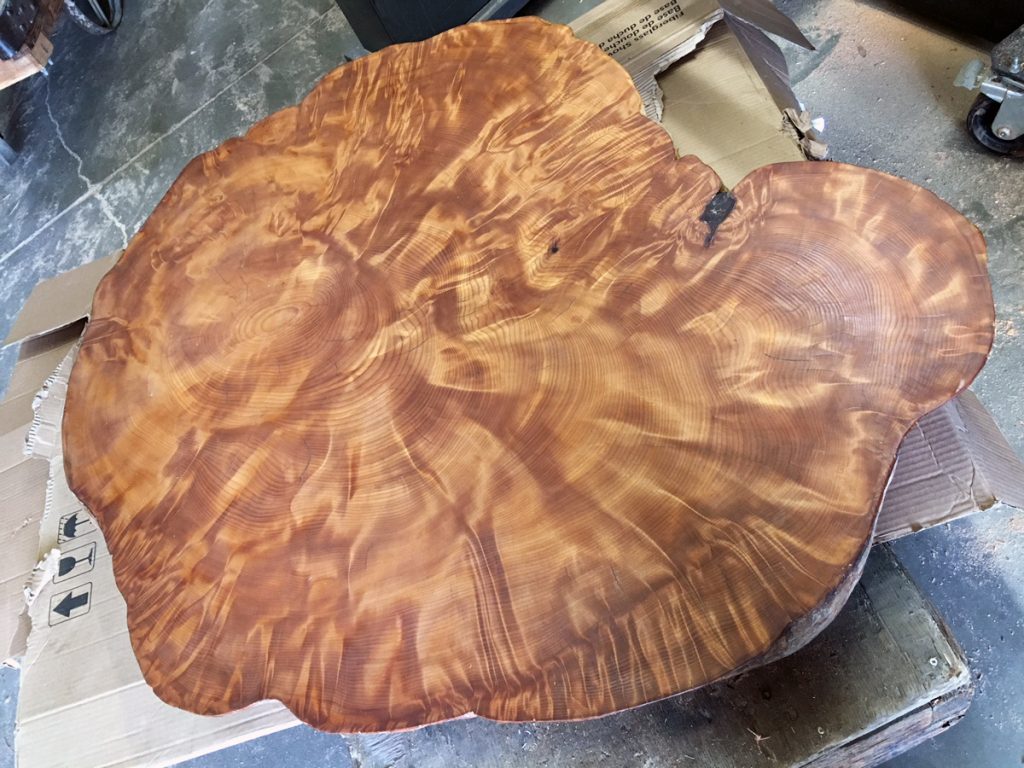I'm on very limited means right now, so I've considered heavily wooden dishes from the thrift store or whatnot as pots, and even the idea of wicker baskets for growing out, but I'm always stopped by the same issue: rot and warping.
Wood pots just won't last.
However, as an artistic medium, I feel there's no holds barred. You will inevitably find yourself going through allot of pots if you use wood, but whatever floats your boat as they say.
The grand variety of ceramic pots we see here should be enough to prove that the pot is always secondary, and thus should be complimentary, to the tree.
As far as exhibition goes, I understand the sheer inertia of tradition, and the part it plays. Yet there's allot of talk in the forum amongst the Americans of "finding that uniquely American bonsai style." (That sort of obsession is itself uniquely American: an adolescent culture trying to differentiate itself from the world around it.)
I feel like homemade wooden, or even recycled materials, pots is a fitting inclusion in that regard.
I also can't imagine that even in East Asia that wooden pits have not been used from time to time. The experience of the individual situation always plays a part, and often produces fascinating results.
Edit: I used the term American here, I did in deed have have the US in my own head while saying it.
However, I feel that much of North America is of a similar situation as far as self-identifying their relatively young cultures, and hope that's how it's taken here.




